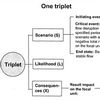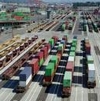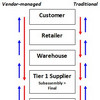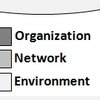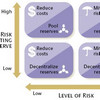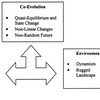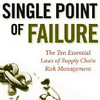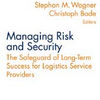The perceived trust and the perceived dependence in business relationships influence the perceived vulnerability. The higher the perceived dependence, the higher the perceived vulnerability. The higher the perceived trust, the lower the perceived vulnerability.
- ARTICLES and PAPERS
- BOOKS and BOOK CHAPTERS
- REPORTS and WHITEPAPERS
- LITERATURE Reviews A-Z
- Literature Review – A
- Literature Review – B
- Literature Review – C
- Literature Review – D
- Literature Review – E
- Literature Review – F
- Literature Review – G
- Literature Review – H
- Literature Review – I
- Literature Review – J
- Literature Review – K
- Literature Review – L
- Literature Review – M
- Literature Review – N
- Literature Review – O
- Literature Review – P
- Literature Review – Q
- Literature Review – R
- Literature Review – S
- Literature Review – T
- Literature Review – U
- Literature Review – V
- Literature Review – W
- Literature Review – X
- Literature Review – Y
- Literature Review – Z
- EVERYTHING else


